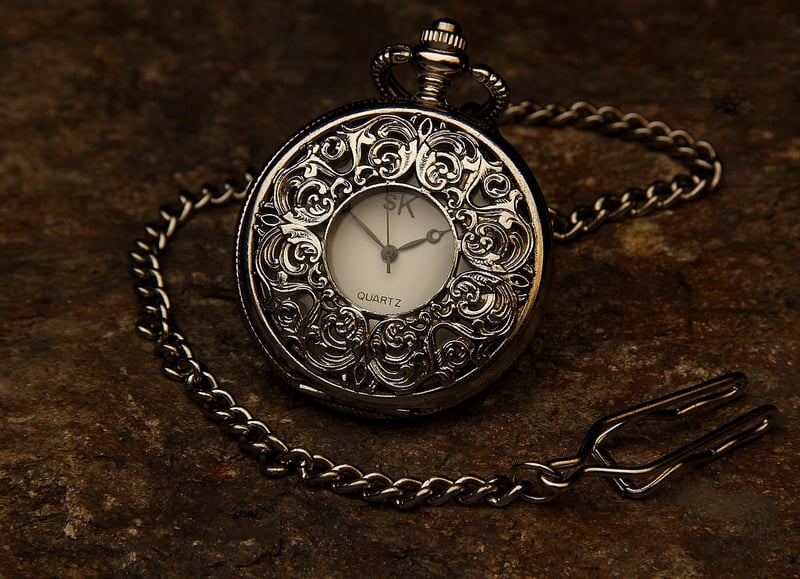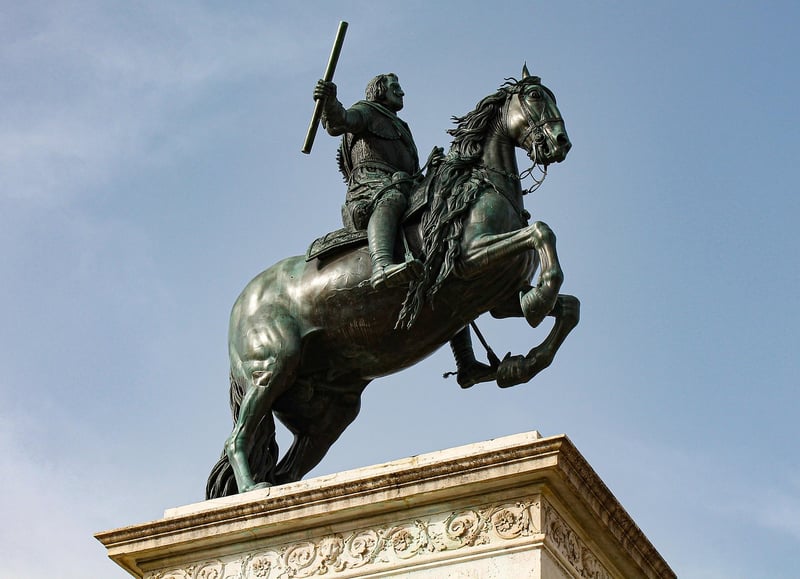Historical Conundrums
Confronting Obstacles in Time Manipulation: Historical Conundrums
Time manipulation, a concept that has fascinated humans for centuries, is often portrayed in various forms of literature, movies, and scientific research. The idea of controlling time, either by traveling through it or altering its flow, presents both intriguing possibilities and challenging obstacles. In this article, we will delve into the complexities of time manipulation and explore historical conundrums that test the limits of this fascinating concept.
The Grandfather Paradox
One of the most famous conundrums associated with time manipulation is the Grandfather Paradox. This paradox posits a scenario where a time traveler goes back in time and prevents their grandfather from meeting their grandmother, thus preventing the time traveler's own birth. This paradox raises questions about causality and the potential for creating paradoxes that could unravel the fabric of time itself.
The Butterfly Effect
Another significant challenge in time manipulation is the Butterfly Effect, a concept derived from chaos theory. The Butterfly Effect suggests that small changes in the past, even as minor as the flapping of a butterfly's wings, can lead to profound and unpredictable consequences in the future. This phenomenon highlights the interconnected nature of time and the potential repercussions of altering even the smallest events in history.
Temporal Loops and Causality Loopholes
Temporal loops, where events repeat themselves in a cyclical manner, and causality loopholes, where the cause and effect relationship is disrupted, present additional hurdles in the realm of time manipulation. Navigating these loops and loopholes requires a deep understanding of the intricacies of time and the ability to foresee and mitigate unintended consequences.
Time as a Construct
Furthermore, the concept of time as a construct, rather than a linear progression, challenges conventional notions of cause and effect. In some interpretations, time is viewed as a malleable entity influenced by perception and consciousness, posing philosophical questions about the nature of reality and the limits of human understanding.
Conclusion
While the idea of time manipulation captures the imagination and opens up a world of possibilities, it also presents formidable obstacles that test the boundaries of human comprehension. By exploring historical conundrums and philosophical implications, we gain a deeper appreciation for the complexities of time and the intricate web of causality that shapes our reality.


